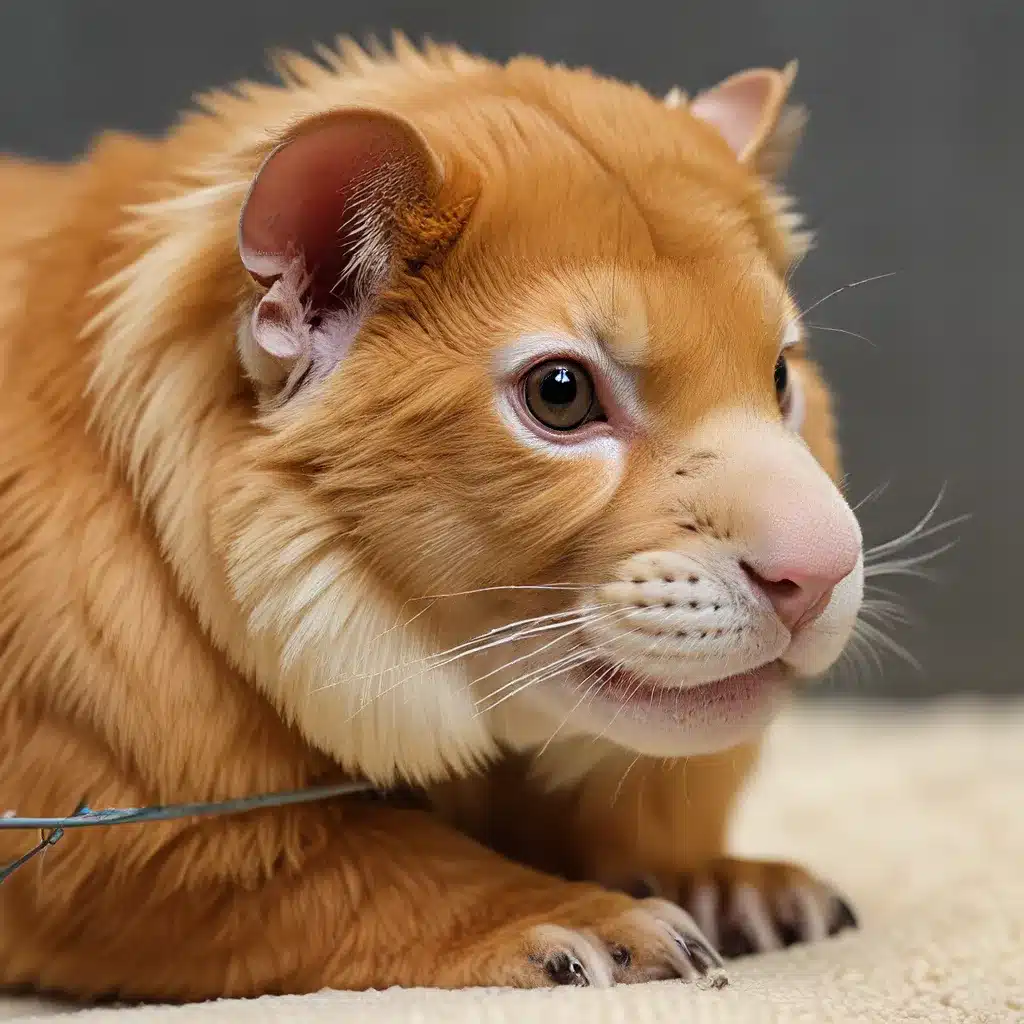
A Wild and Wonderful World of Exotic Pets
Ah, the allure of the exotic pet – the sleek black mamba, the otherworldly tarantula, the majestic Bengal tiger. For many of us, the desire to bring a piece of the wild into our homes is simply irresistible. After all, who hasn’t dreamed of cuddling up on the couch with a 500-pound gorilla?
Well, I’m here to tell you that while the fantasy may be tempting, the reality is a bit more…complicated. You see, the world of exotic pet ownership is governed by a complex web of regulations known as CITES – the Convention on International Trade in Endangered Species of Wild Fauna and Flora. And trust me, navigating these waters is no easy feat.
Decoding CITES: What You Need to Know
CITES is an international agreement that aims to regulate the global trade in wildlife and their products. It operates on the premise that certain species are threatened with extinction, and that their survival can only be ensured through carefully controlled commerce.
Now, you might be thinking, “But I just want a cute little sugar glider, how hard can it be?” Well, my friend, that’s where you’d be mistaken. CITES doesn’t mess around – it covers over 180 countries and thousands of species, from the majestic African elephant to the humble blue-tongued skink.
As the CITES website explains, the convention works by subjecting international trade in specimens of selected species to certain controls. These species are listed in three different appendices, each with its own set of regulations and requirements.
Navigating the CITES Appendices
Appendix I
This is where the real heavyweights of the exotic pet world reside. Appendix I includes the most endangered species, such as pandas, tigers, and gorillas. Trade in these animals is strictly prohibited, with only the rarest of exceptions. If you’re hoping to bring home a baby panda, you might as well start saving up for a trip to China, because it’s not happening.
Appendix II
Ah, Appendix II – the land of the “slightly less endangered.” This is where you’ll find species that are still vulnerable, but whose trade can be controlled through a system of permits and certificates. So, if you’re dreaming of a sleek black panther or a majestic macaw, you’re in luck – just be prepared to jump through a few hoops.
Appendix III
Finally, we have Appendix III, which includes species that are protected in at least one country and whose trade needs to be monitored. This can include everything from tarantulas to toucans. While the requirements are a bit more relaxed than for Appendix I and II, you still need to do your homework and make sure you have the right paperwork in order.
As the CITES website explains, the process for obtaining the necessary permits and certificates can be a bit of a bureaucratic maze. You’ll need to work with your local wildlife authorities, fill out endless forms, and be prepared to wait patiently for your paperwork to be processed.
The Perils of Illegal Trade
Now, you might be tempted to try and skirt the system – after all, who’s going to know if you just tuck that baby tiger into your carry-on and waltz through customs? Well, my friend, I hate to burst your bubble, but that would be a very bad idea.
Illegal wildlife trade is a serious crime, with stiff penalties that can include hefty fines and even jail time. And let’s not forget about the poor animals – they often end up in horrific conditions, suffering from neglect, abuse, and even death. It’s a heartbreaking situation all around.
According to the U.S. Fish and Wildlife Service, if you’re traveling abroad with a personal pet, you’ll probably need to obtain a permit if your pet is an exotic species (i.e., not a dog or cat). And if you’re a U.S. resident making multiple border crossings, they recommend applying for a “pet passport” to streamline the process.
The Importance of Responsible Ownership
Look, I get it – the allure of exotic pets is strong. But the reality is that these animals often have complex needs that can be challenging to meet, even for the most dedicated and experienced owners. And let’s not forget the ethical considerations – many of these species are already struggling to survive in the wild, and removing them from their natural habitats can have devastating consequences.
That’s why it’s so important to do your research, follow the rules, and only consider exotic pet ownership if you’re 100% sure you can provide the proper care and environment. Because at the end of the day, these animals deserve to be treated with the same love and respect as our beloved dogs and cats.
Conclusion: Navigating the CITES Maze
So, there you have it – a crash course in the often-bewildering world of CITES regulations. It may seem like a lot of hoops to jump through, but trust me, it’s worth it. Not only will you be doing your part to protect endangered species, but you’ll also be ensuring the health and happiness of your exotic pet.
And who knows, maybe one day you’ll be that person on the couch, cuddling up with a 500-pound gorilla. (Just make sure you’ve got the right permits first, okay?)
Happy exotic pet hunting, my friends! And remember, if you ever need a helping hand, you can always swing by Golden Exotic Pets – we’ve got your back.

